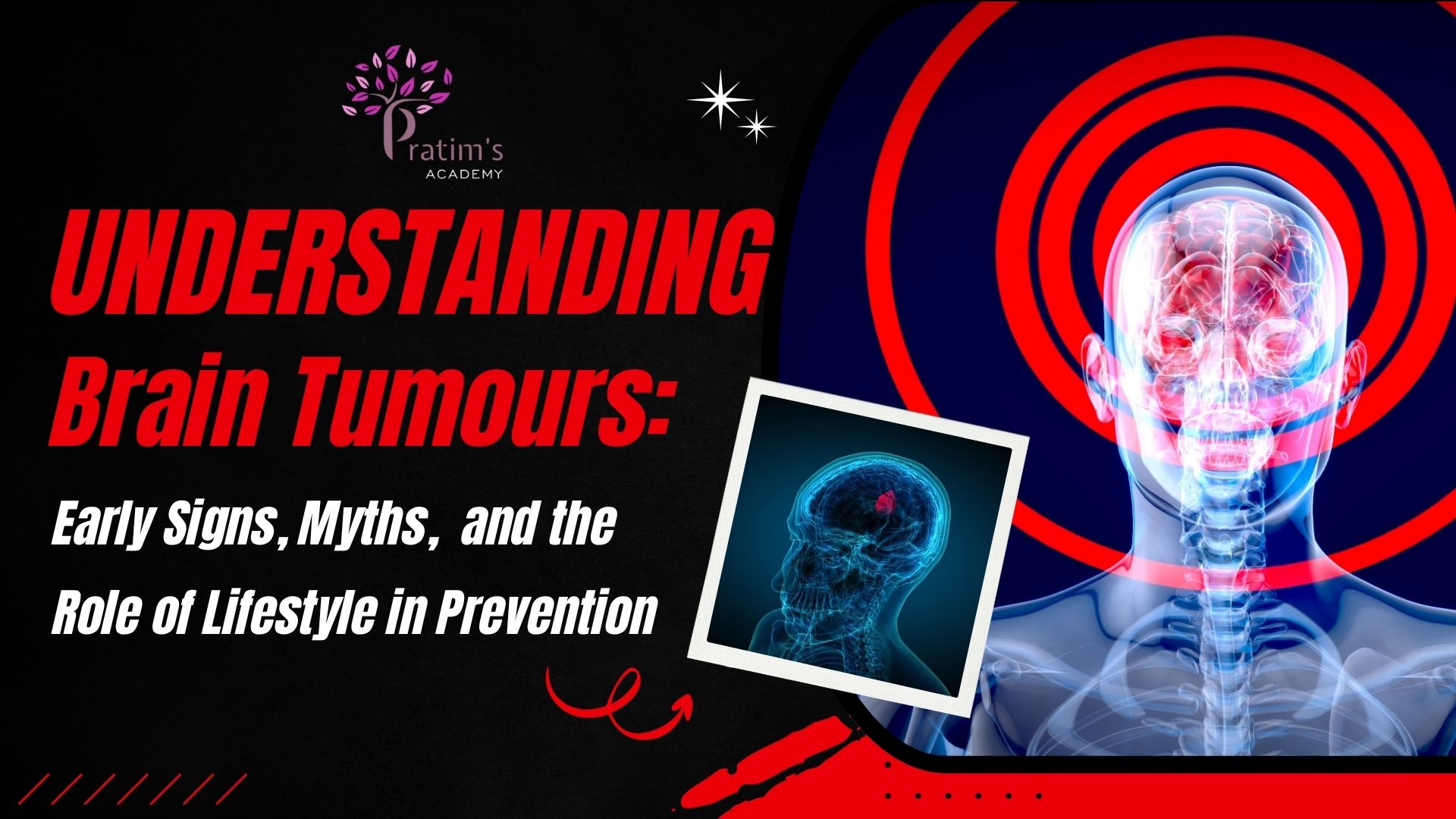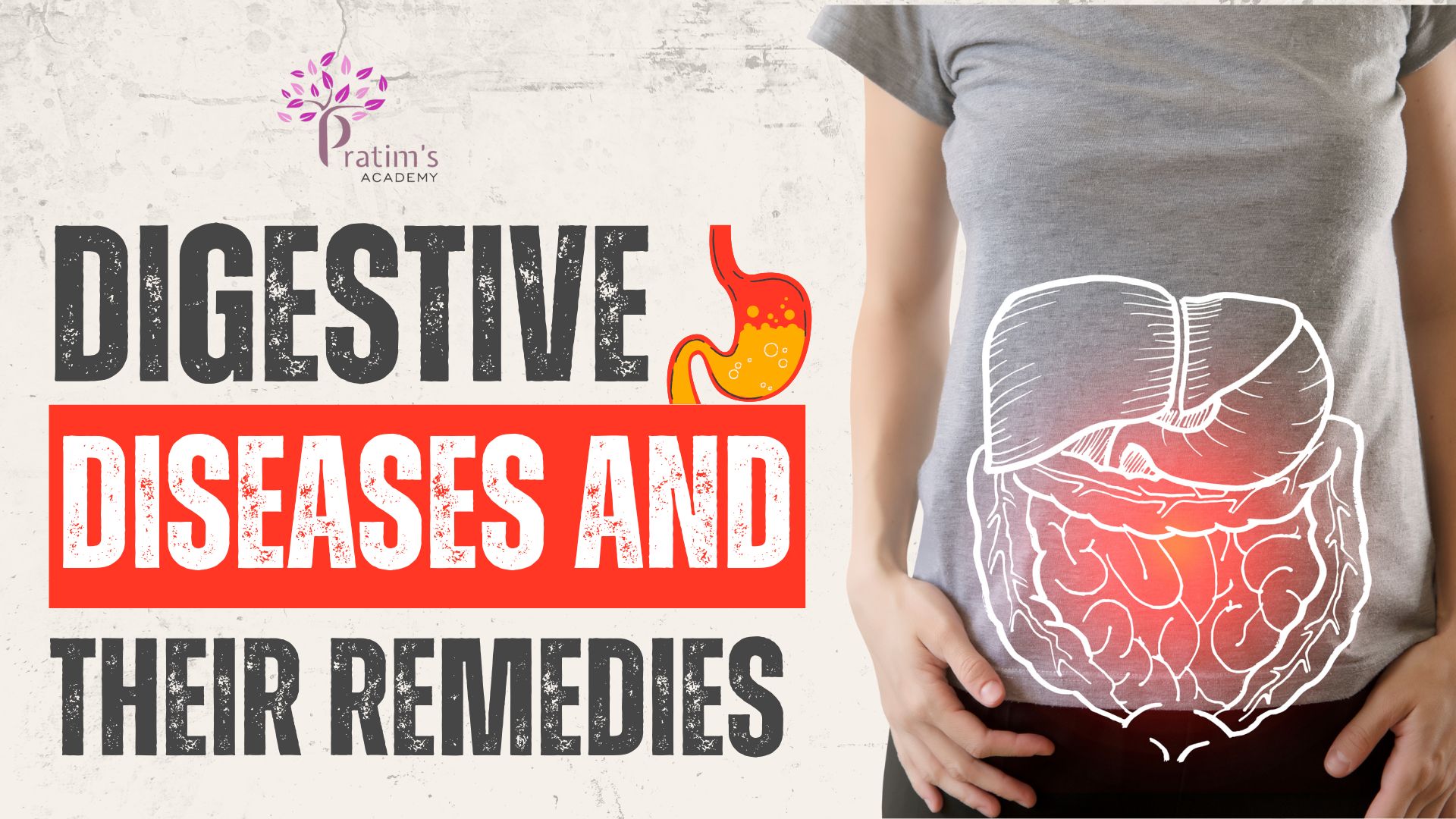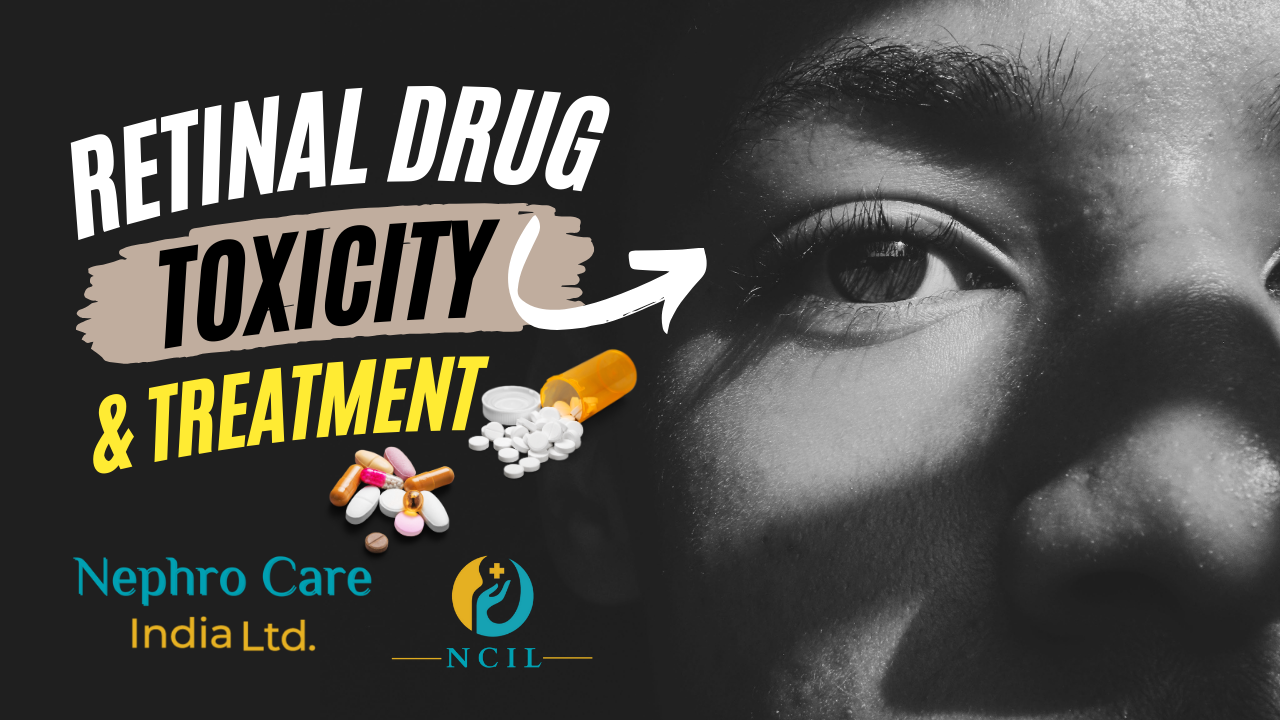
- 705
- 0
RETINAL DRUG TOXICITY & TREATMENT
Retinal drug toxicity is a serious apprehension in the field of ophthalmology, affecting individuals who depend on medications to manage various systemic conditions. While these drugs can effectively treat many systemic diseases, they may also pose risks to the delicate tissues of the eye, potentially leading to vision impairment or loss. In such cases, low vision aids play a crucial role in helping individuals maintain independence and quality of life despite visual challenges.

Understanding Retinal Drug Toxicity:

Retinal drug toxicity refers to the adverse effects that certain medications can have on the retina, the light-sensitive tissue lining the back of the eye. These drugs are commonly used to treat different conditions such as malaria, rheumatoid arthritis, systemic lupus, and many other systemic diseases. While they are designed to slow the progression of these diseases, they can sometimes cause unintended harm to the retina.
Chloroquine and hydroxychloroquine, once primarily utilized as anti-malarial drugs, have found contemporary application in treating autoimmune diseases such as Rheumatoid Arthritis and systemic Lupus. However, prolonged usage of these medications can lead to retinal toxicity, impacting the retinal pigmented epithelium (RPE). This toxicity manifests through symptoms like blurred vision, diminished visual acuity, and the emergence of scotomas, commonly referred to as tunnel vision. The persistent manifestation of these symptoms culminates in a retinal disorder known as “Bull’s Eye Maculopathy,” resulting in severe visual impairment with limited treatment options. In such cases, low vision aids stand as the primary recourse for vision rehabilitation.
Thioridazine, an antipsychotic medication, has been associated with ocular toxicity. Symptoms of toxicity include a decline in visual acuity and alterations in macular pigmentation, characterized by ‘salt and pepper patterns.’ Prolonged usage may lead to optic nerve atrophy and defects in the retinal pigmented epithelium (RPE), resulting in profound visual impairment. Despite the absence of viable treatment options for vision rehabilitation, low-vision aids offer a glimmer of hope.
Deferoxamine serves as a treatment for conditions marked by elevated serum iron levels. Ocular toxicity stemming from this medication presents symptoms such as vision loss, scotomas, night blindness (Nyctalopia), and color blindness. In such instances, low vision aids emerge as a fitting solution to address the resulting visual impairment and facilitate rehabilitation.
The Importance of Low Vision Aids:
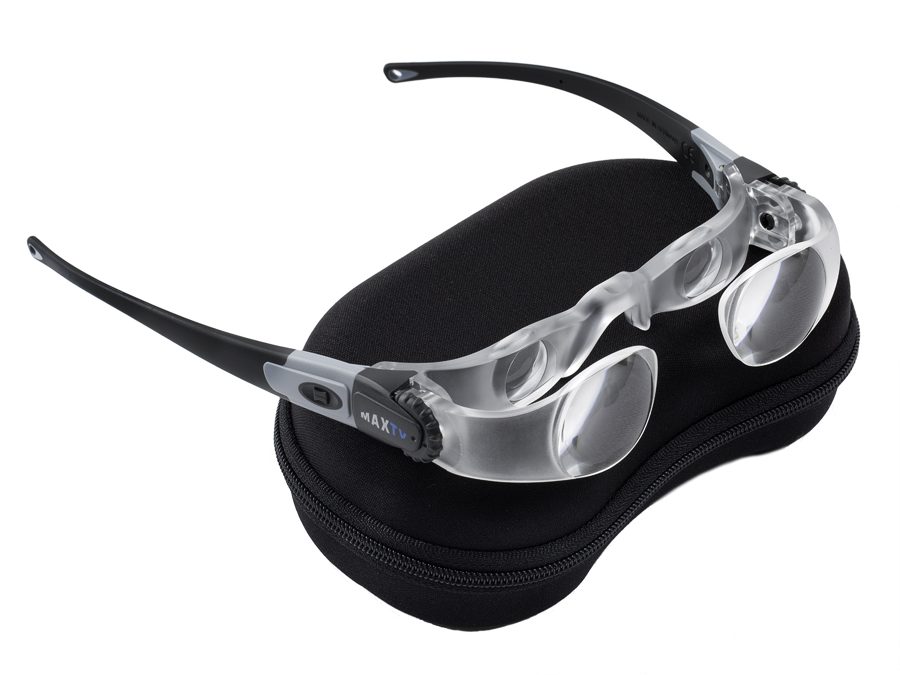
Low vision aids encompass a variety of devices and techniques designed to help individuals with visual impairments make the most of their remaining vision. These aids can range from prism magnifiers and aspheric glasses for reading to more sophisticated electronic devices and adaptive technologies. While they cannot cure or reverse retinal damage, they can significantly enhance functional vision and improve the quality of life for those affected by retinal drug toxicity.
For further insights on Low Vision Aids, check out the blog below 👉👇
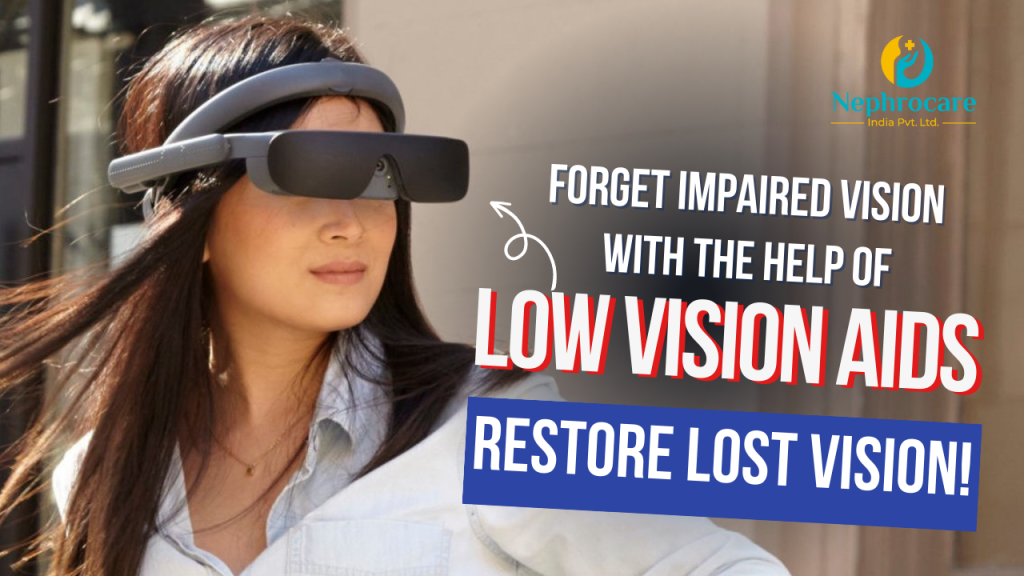
Here are some key reasons why low vision aids are essential for individuals with retinal drug toxicity:
Enhancing Visual Function: This can make daily activities such as reading, writing, and watching television more manageable and enjoyable.
Promoting Independence: These aids enable them to perform tasks independently, such as cooking, shopping, and managing household chores, without relying heavily on others for assistance.
Improving Quality of Life: Maintaining a sense of purpose and productivity despite visual challenges is crucial for emotional well-being and overall satisfaction with life.
Facilitating Social Interaction: Low vision aids can help bridge this gap by enabling individuals to see faces more clearly, read facial expressions, and participate in conversations with greater ease.
Supporting Educational and Occupational Goals: These aids enable individuals to access educational materials, navigate computer screens, and perform job-related tasks effectively, thereby promoting academic and occupational attainment.
Contact us to let us help you restoring your vision back-
Conclusion:
Retinal drug toxicity poses significant challenges for individuals relying on medications to manage various eye conditions. While these drugs can be effective in treating other systemic diseases, they may also cause unintended harm to the delicate tissues of the eye. In such cases, low vision aids play a critical role in helping individuals to maximize their remaining vision, maintain independence, and improve their quality of life. By providing practical solutions, these aids empower individuals to live fulfilling and meaningful lives, despite their visual impairments.
To learn more about low vision, click on the image below. 👓👓

Comment
Check Your EGFR
***We Promise, no spam!




